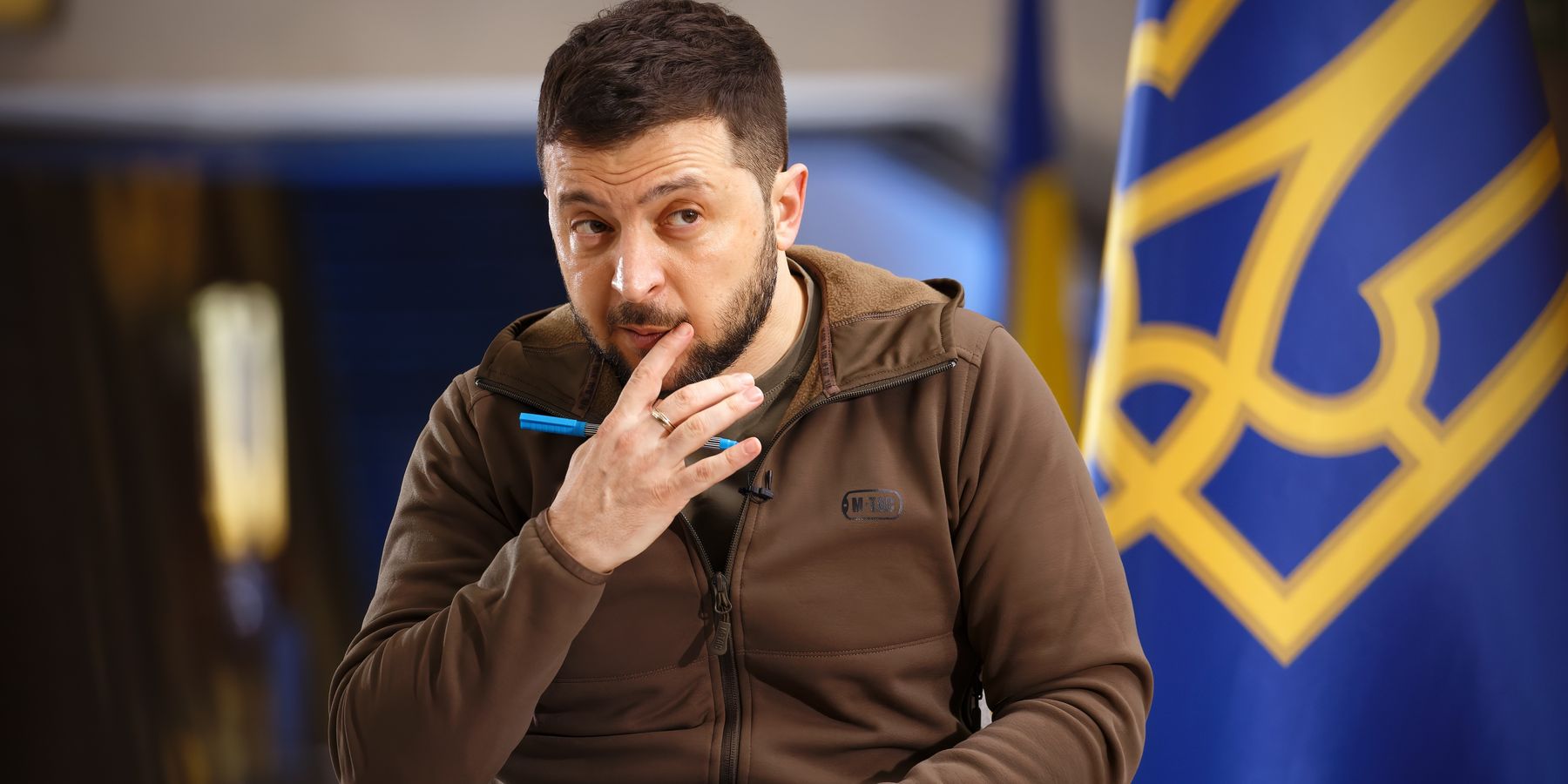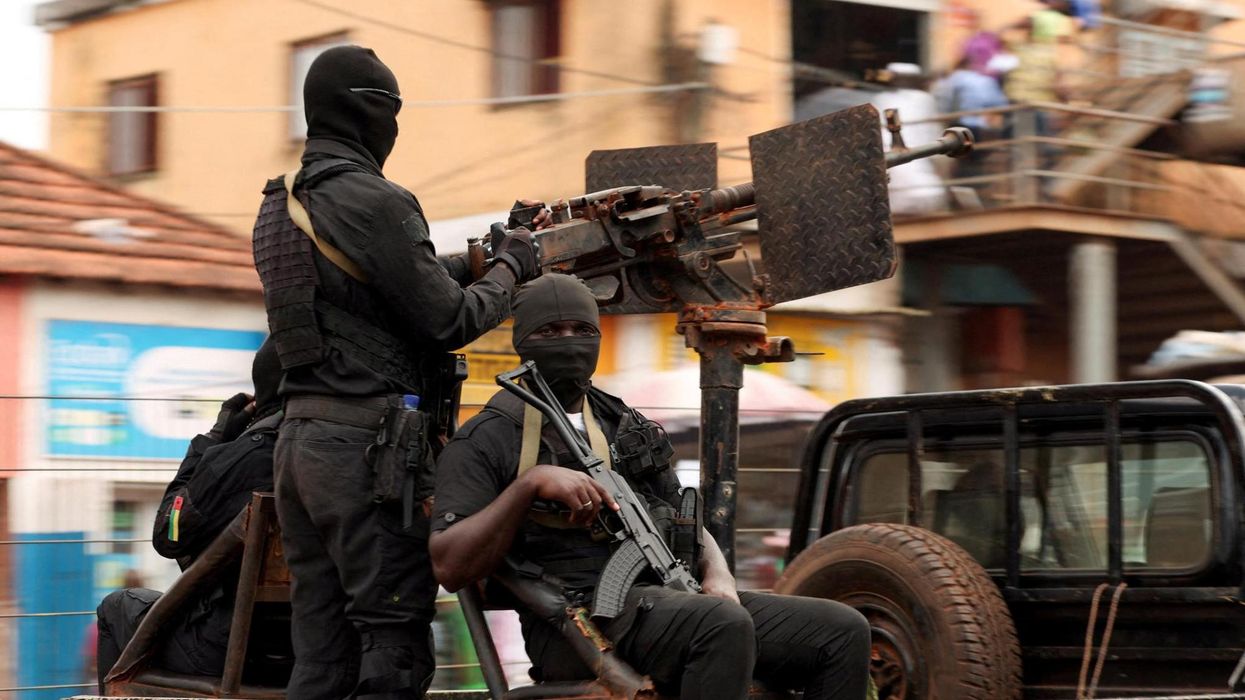Ukraine is already asking for more money to continue fighting into 2026, a sure sign that President Volodmyr Zelensky has no plans to end the war.
With the battlefield continuing to favor Russia, European leaders have their collective heads in the sand on who will pay. How long before President Trump walks away?
At the G7 Finance and Central Bank governors’ meeting in Banff on May 21, Ukraine’s Finance Minister Sergii Marchenko sought financial support for 2026, “including the provision of support to the Ukrainian army through its integration into the European security system,” according to reports.
I have said before that Ukraine cannot keep fighting into 2026 without a significant injection of European money. Even if the war were to stop tomorrow, Ukraine would still face a huge funding black hole. And that prolonging the war simply extends Ukraine’s indebtedness and delinquency, nudging it every closer towards the status of a failed state.
Making light of the price tag, German-based Kiel Institute has suggested extra EU support to Ukraine’s army would only need to cost an extra 0.2% of GDP or $43.3 billion per year. This assumes no additional U.S. funding under President Trump and is a figure practically identical to the $41.5 billion figure I forecast two months ago.
The Ukrainian side pointed out two assumptions that underpin their request — first, that funding Ukraine’s military supports macro-financial stability in that country. That is untrue. By far the leading cause of the increased financial distress of Ukraine is its vast and unsustainable prosecution of a war that it cannot win. As I have said before, ending the war would allow for immediate reductions to be made to military spending, which accounts for 65% of total government expenditure.
Second, that paying for Ukraine’s military is keeping Europe safer. It isn’t. The best route to European security would be to end the war tomorrow. The risk of escalation only grows for the longer the war continues and President Zelensky resorts to increasingly desperate tactics as the battlefield realities turn against him.
This latest request for money is a clear signal that Zelensky is not serious about U.S. demands for peace, and would prefer to continue the fight, drawing directly upon European funds. It has long been clear to me that Zelensky is evading peace because it would bring his presidency to a close, not to mention elevate risks to his personal safety.
He has therefore been piling on more pressure for Western leaders to impose more sanctions and other measures, which will only serve to prolong the war. Senator Lindsey Graham’s recent brain wave that the U.S. impose 500% secondary tariffs on countries that trade with Russia is a classic example. No doubt other countries, China in particular, would respond negatively to this, as it has already to the launch of Trump’s tariff war. It would kill President Trump’s efforts at engagement with Russia, by boxing him in to Beltway demands in an identical rerun of his first presidency, making him appear toothless in the eyes of Putin.
But these are not the real points. Having suffered over 20,000 sanctions already since 2014 yet maintaining a stable, growing economy, what makes people believe that Russia will back down to even more sanctions now?
The war continues to favor Russia on the battlefield. In recent days, in addition to expanding territory in the south of Donetsk, the Russian army has made major gains in the pocket around now-occupied Toretsk. Progress, as always, is slow and grinding as it has been since the start of 2024. Ukraine has undoubtedly mounted a formidable defence of its territory, for which its fighters deserve great credit.
But Russia has never fully mobilized the country for the fight in Ukraine, for various domestic political reasons. Putin also wants to maintain relations with developing country partners and a more devastating military offensive against Ukraine would make that harder.
Pumping more billions into Ukraine’s army will merely slow the speed of defeat. Even the Ukrainians now accept that they cannot reclaim lost territory by force. Ending the war would at least draw a line in the sand for future negotiations.
For their part, Europe simply can’t afford to pump another $40 billion per year into Ukraine’s army, at a time when member states are trying to boost their own militaries, revive their flagging economies and deal with an upsurge in nationalist political parties that want to end the war.
An April pledge for extra military donations in 2025 elicited just $2.5 billion per year from Germany, and reconfirmed the £6 billion from the UK already committed, without pledging new funds. Keir Starmer’s government is in the process of making an embarrassing U-turn on previously agreed cuts to winter fuel payments for pensioners.
I seriously doubt that British people would consider another big increase in funds for Ukraine’s war would be a sensible investment if peace was on the table. That this isn’t actively discussed in Britain, in a way that it is in the United States, is driven by the complete lockdown of debate in the UK and European mainstream media.
Right from the beginning, the war in Ukraine has been an attritional battle of who can sustain the fight for the longest period of time. A longer war will always favor Russia because the economic liability Europe faces will ratchet up to the point where it becomes politically unsustainable. We make the assumption that Russia’s aims in Ukraine are to prevent NATO expansion and to protect the rights of native Russian speakers in that country, and of course, on the surface, they are.
But on the current track, Putin gets the added benefit of watching the European Union project slowly implode, without the need to go all in on Ukraine.
President Trump for his part continues to walk a fine line that involves criticizing both Putin and Zelensky for the continuance of the war. In the face of intransigence on all sides, I wonder how long it will be before he washes his hands of the mess and walks away.
















